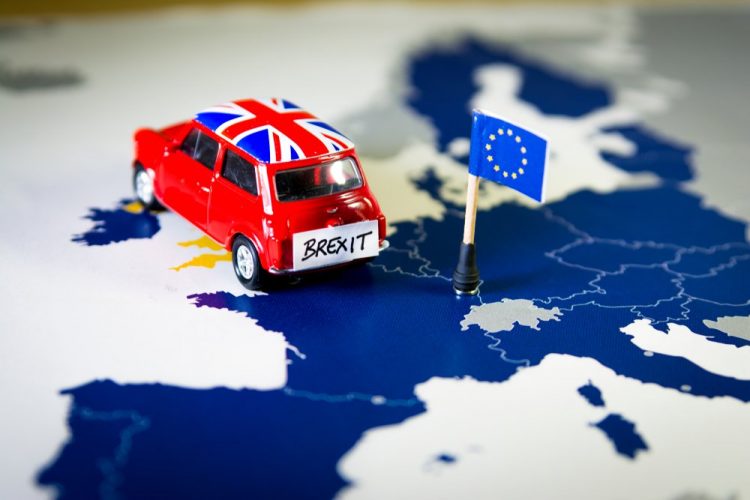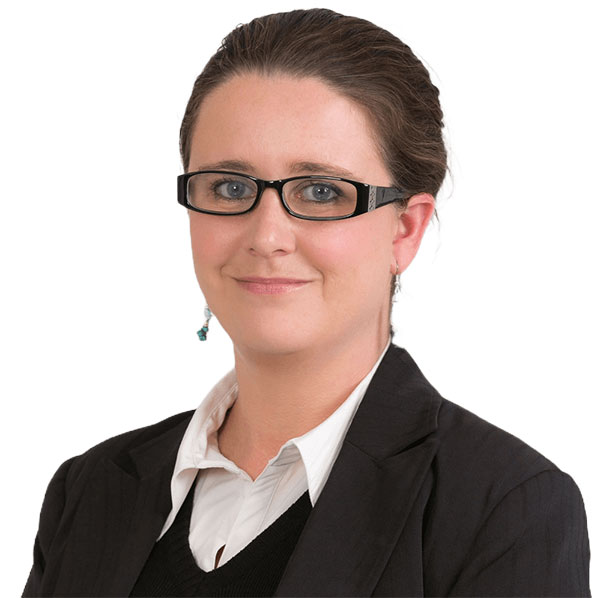First To File Vs First To Use Countries – Important Things to Know

Digital communications and the internet make it easy for businesses to engage and transact with customers anywhere in the world. However, the globalisation of commerce also means it’s crucial for business owners to be aware that rights and ownership of their trade mark are not universal and that different countries have different rules.
The most significant difference in how countries and jurisdictions determine trade mark ownership. Some have a ‘first to use’ system, whilst others operate a ‘first to file’ one. In other words, some countries prioritise ‘use’ of a particular trade mark over an application to register that mark, whilst others grant rights to the party which first filed an application for a trade mark even though that mark is already in use by another entity.
If you aren’t cognisant of your rights in the markets you operate and manage your trade mark portfolio optimally according to the rules of those regions, your brand or brands may be at risk.
The ‘first to use’ rule explained
Countries which use the ‘first-to-use’ rule basically confer rights to the person or entity which is already using a trade mark. These common law rights apply irrespective of whether someone then files an application to register the same or very similar one in the same category of goods or services.
Countries that use the ‘first-to-use’ system include Australia, Canada, India, New Zealand and the USA.
For example, here in Australia, even if you register a trade mark for certain goods or services, if someone else used that same (or very similar) trade mark earlier than you, they could also gain trade mark registration. Further, if you register a trade mark and someone has used that same (or very similar) trade mark from a time earlier than you, they are entitled to continue that use. A prior user may also elect to oppose an application you file if they believe they are the first user of that trade mark. A key proviso however, is that the use of the existing trade mark has to be demonstrated satisfactorily. Another consideration is that the way in which use is established can vary between different jurisdictions.
More about the ‘first to file’ system
The ‘first to file’ system grants rights to the party which first filed an application to register a trade mark in that particular country, regardless of whether that mark is already in use. In some instances, first-to-file territories may make provision for the first user to defend their position and oppose a new application on the basis that the application was made in bad faith, but proving this can be very difficult and costly.
Countries that use the first-to-file system include China, Japan, and the EU. In fact, most countries are ‘first-to-file’ countries.
If you trade – or intend to trade – in a ‘first-to-file’ country, we highly recommend that you lodge your trade mark application at the earliest opportunity. Filing your own international trade marks registration is the best way to protect your brand with enforceable legal rights.
This avoids situations where an unscrupulous trader (or a wily competitor) files an application for a trade mark that is the same or very similar to yours and then simply ‘sitting’ on it in order to prevent you from using it or to profit from it by means of a transfer of ownership, licencing agreement etc.
Some first-to-file countries are known for having ‘trade mark squatters’, who will identify foreign brands that have not secured local trade mark registration and proceed to file local applications. This can have massive impacts on the ‘true’ brand owner. For example, in China, if a trade mark squatter was to register your trade mark it could prevent you from the use of your brand in China, but, possibly also prevent you manufacturing goods associated with that trade mark in China.
Potential pitfalls in both ‘first-to-use’ and ‘first-to-file’ territories
With regards to trading in ‘first-to-use’ countries, you need to be aware that enforcing common law and unregistered rights can be challenging. Even though first use rights often trump those of a trade mark application, any legal challenge can be frustrating, time-consuming and costly and many smaller enterprises may not have the resources to survive the process.
It is also important to know that a trade mark needs to be formally registered by the regulatory authorities before it has enforceable rights in terms of trade mark infringement. A pending application doesn’t provide any protection against infringement and may still be contested. Therefore, if you are trading in a ‘first-to-use’ country, you should aim to be both the first user and the first to file a trade mark application.
If trading in a ‘first-to-file’ jurisdiction, traders need to be particularly careful about using a trade mark prior to registration. Even if you can prove you used the trade mark first – your rights will be trumped by the first person to file an application. It’s a case of ‘first in, best dressed’ and our strong recommendation for anyone wishing to do business with (or in) a ‘first-to-file’ country is that they should file a trade mark application as the earliest possible opportunity.
Also, if you use an unregistered trade mark in these areas, you may be inadvertently infringing on another person’s rights and could find yourself involved in costly and lengthy legal proceedings. It’s far simpler and more cost-effective to register your trade mark in the first instance.
Conclusion
Regardless of whether your business is involved in cross-border commerce or whether you are operating in a single country, it is really important to be aware of the regulations in the different jurisdictions in order to protect your valuable asset – your brand.
If you have any questions about how, when and where to register a trade mark or questions about the use of a trade mark and your rights in Australia and around the world, our experienced trade marks attorneys, can help. Get in touch via our website or give our friendly team a call on to find out more about our affordable trade mark services.

